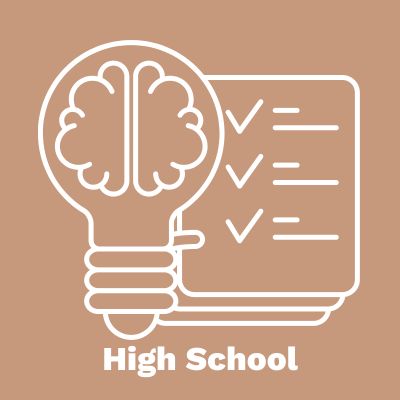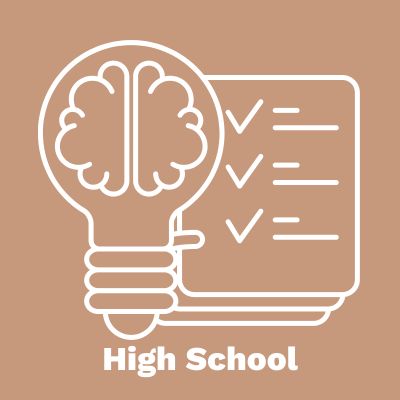The Wealth Game—Factors for Success (Lesson 1A)
After playing a game simulating wealth creation, students reflect on determinants of wealth: natural abilities, effort, motivation, and luck.
{{searchResultSnippet}}
 Back to All
Back to All

This curriculum is a set of 20 lessons that cover 10 personal finance concepts. The lessons are grounded in economic theory and employ a variety of teaching strategies to equip students with the knowledge and skills necessary to make informed personal finance decisions.
In this unit, students play “The Wealth Game” and are introduced to the PACED decisionmaking model.
Lesson 1A: The Wealth Game--Factors for Success
Lesson 1B: Making Choices and Identifying Costs
In this unit, students play the inventory game and learn ways that investments can earn a return.
Lesson 2A: The Inventory Game--Net Worth and Cash Flow
Lesson 2B: Meeting Financial Goals--Rate of Return
In this unit, students learn about the importance of human capital in increasing a person's productivity and get a taste for entrepreurship.
Lesson 3A: Investing in Yourself
Lesson 3B: Entrepreneurship--Working for Yourself
In this unit, students learn about taxes, public vs. private goods, and the role government plays in providing goods and services.
Lesson 4A: What Are Taxes For?
Lesson 4B: Understanding Taxes
In this unit, students learn how to establish a budget and see how budgeting is an allocation problem.
Lesson 5A: Making a Budget--It Is All Spending!
Lesson 5B: Budget Trade-Offs--A Penny Here and a Penny There
In this unit, students learn about time preferences, simple and compound interest, and why it's important to save.
Lesson 6A: Time Preference--Why It Is Hard to Save
Lesson 6B: Simple and Compound Interest--Why It Is Great to Save
In this unit, students learn about spending decisions and saving rates.
Lesson 7A: The Spending Decision--Colas and Hot Dogs
In this unit, students are introduced to investment risk and evaluate investment options.
Lesson 8A: Managing Risk--Time and Diversification
Lesson 8B: Evaluating Investment Options
In this unit, students learn about capacity, character, and collateral and weigh the benefits and costs of credit.
Lesson 9A: The Three C's of Credit
Lesson 9B: Evaluating the Benefits and Costs of Credit
In this unit, students learn about protecting themselves from identity theft and investigate whether insurance is worth buying.
Lesson 10A: The Three D's of Identity Theft
Lesson 10B: Is Insurance Worth Buying?

The Wealth Game—Factors for Success (Lesson 1A)
After playing a game simulating wealth creation, students reflect on determinants of wealth: natural abilities, effort, motivation, and luck.

Making Choices and Identifying Costs (Lesson 1B)
Introduce the PACED decisionmaking model.

The Inventory Game—Net Worth and Cash Flow (Lesson 2A)
Learn about net worth, cash flow, and the relationship between them.

Meeting Financial Goals—Rate of Return (Lesson 2B)
Show the two ways that investments can earn a return.

Investing in Yourself (Lesson 3A)
Demonstrate the importance of human capital.

Entrepreneurship—Working for Yourself (Lesson 3B)
Learn about common traits of entrepreneurs.

What Are Taxes For? (Lesson 4A)
Explain why the government provides some goods and services.

Understanding Taxes (Lesson 4B)
Learn about factors that make various taxes different.

Making a Budget—It Is All Spending! (Lesson 5A)
Discover that all elements of a budget are essentially spending on goods and services.

Budget Trade-Offs—A Penny Here and a Penny There (Lesson 5B)
Illustrate that budgeting is really an allocation problem.
{{resourceTitle}}
{{resourceBlurb}}